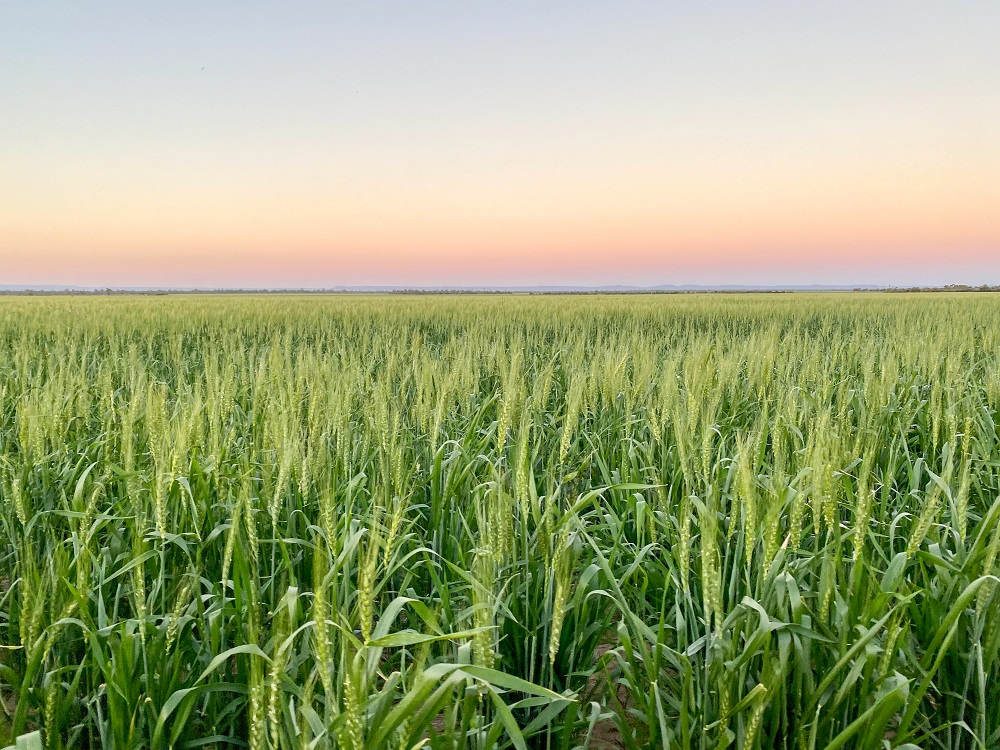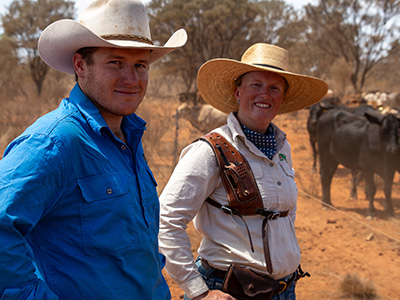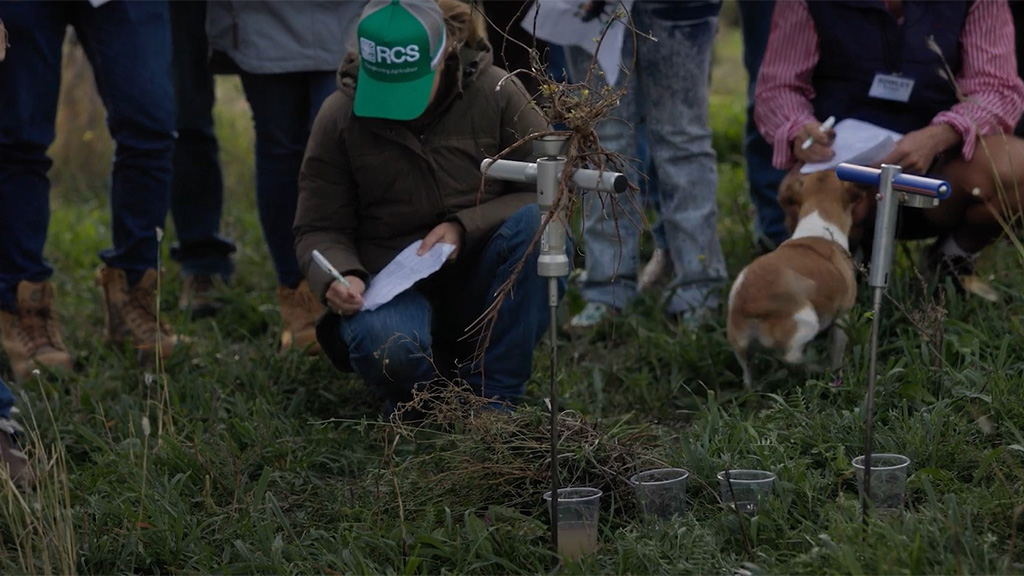The carrying capacity of a piece of land changes as the seasons change. When there is less rainfall, there is less pasture growth. Therefore less stock can be carried.
To match SR:CC, you must know where you are currently by looking at the following figures for the last 12 months:
- Tracking rolling rainfall (12 months rolling)
- Tracking monthly stock days (12 months rolling)
Then you must keep an up-to-date grass budget to ensure you know the carrying capacity of the country. How much feed do you have ahead of you? Is there growth? Match the stocking rate to the available pasture till your green date, which is when you have a 70% chance or greater of your season starting, meaning enough moisture and a soil temp to promote growth. Lastly, monitor what changes happen and manage the changes.

